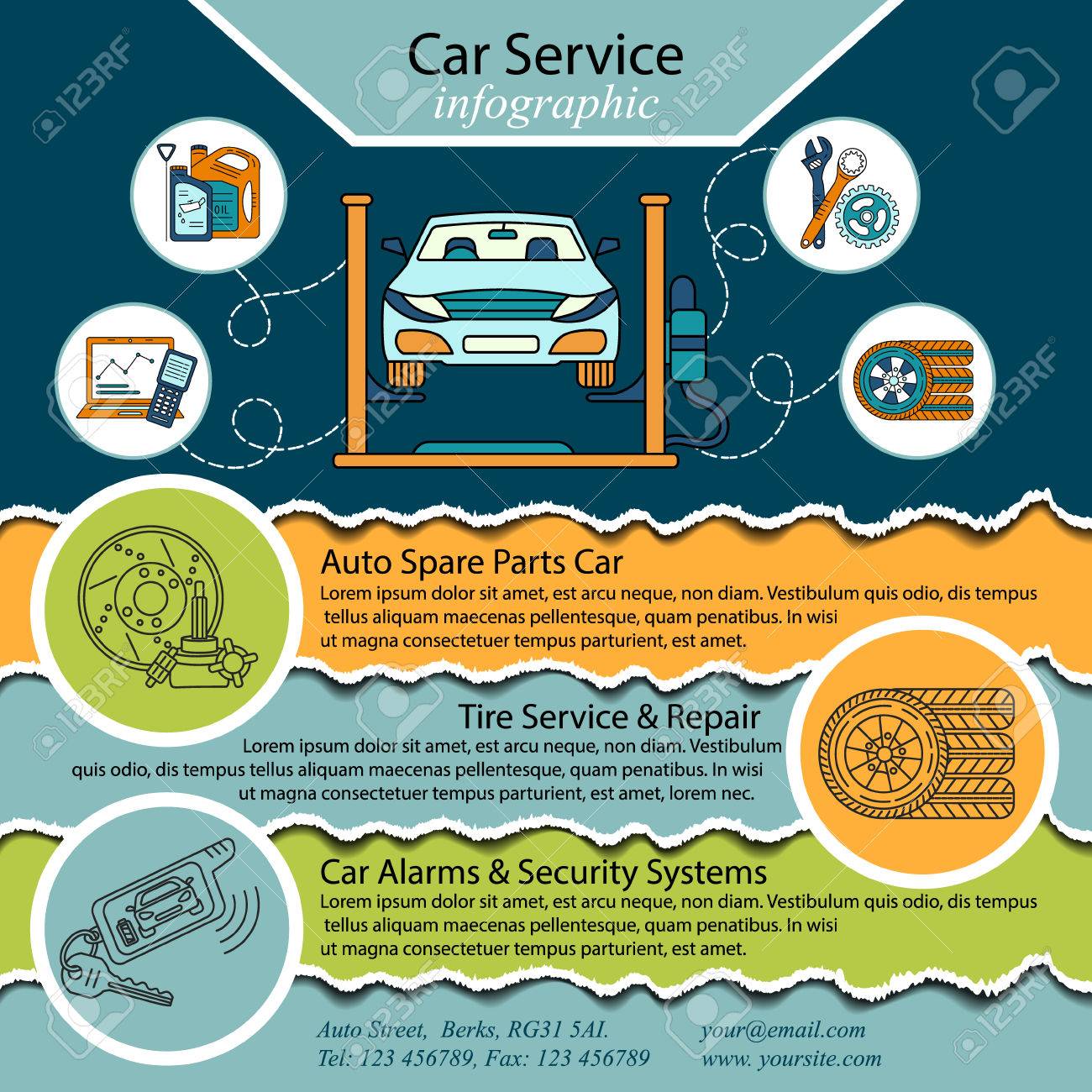Comprehending Your Automobile'S Caution Lighting: What Do They Actually Mean?
Comprehending Your Automobile'S Caution Lighting: What Do They Actually Mean?
Blog Article
Writer-Boye Dalgaard
When you lag the wheel, those radiant caution lights on your control panel can be a little bit complicated. Do https://remappingnearme51627.jaiblogs.com/57243154/delve-into-the-area-of-expert-auto-detailing-gaining-unique-knowledge-from-a-sector-expert recognize what they're attempting to inform you about your vehicle's health? Comprehending the value of these lights is vital for your safety and the longevity of your automobile. So, the following time among those lights appears, wouldn't you want to understand its message precisely and take the needed steps to resolve it?
Common Warning Lights and Interpretations
Determine common warning lights in your auto and recognize their meanings to guarantee risk-free driving.
The most common warning lights include the check engine light, which signals problems with the engine or exhausts system. If this light comes on, it's critical to have your lorry checked without delay.
The oil stress alerting light shows reduced oil pressure, needing prompt focus to stop engine damages.
A blinking battery light could suggest a defective billing system, potentially leaving you stranded otherwise dealt with.
The tire stress tracking system (TPMS) light notifies you to reduced tire stress, impacting car stability and gas performance. Neglecting this might lead to unsafe driving problems.
The abdominal muscle light shows an issue with the anti-lock stopping system, endangering your ability to quit promptly in emergency situations.
Lastly, the coolant temperature level alerting light warns of engine overheating, which can lead to extreme damage otherwise solved quickly.
Understanding these usual warning lights will certainly assist you address issues without delay and preserve safe driving problems.
Relevance of Prompt Attention
Recognizing the common warning lights in your car is just the first step; the value of promptly addressing these cautions can not be stressed enough to ensure your safety and security on the road.
When a caution light illuminates on your control panel, it's your automobile's way of communicating a prospective concern that needs interest. Disregarding detailauckland can bring about much more extreme troubles down the road, compromising your security and potentially costing you more out of commission.
Trigger focus to alerting lights can stop breakdowns and accidents. For instance, a flashing check engine light can suggest a misfire that, if left neglected, can trigger damages to the catalytic converter. Resolving this promptly can save you from a costly fixing.
Similarly, https://kdvr.com/automotive/spend-less-at-the-pump-with-these-fuel-saving-tips/ advising light might signal reduced brake liquid or worn brake pads, essential components for your safety and security when driving.
Do It Yourself Troubleshooting Tips
If you see a warning light on your control panel, there are a couple of DIY repairing pointers you can attempt before seeking specialist aid.
The primary step is to consult your car's guidebook to recognize what the details warning light suggests. Often the concern can be as simple as a loose gas cap setting off the check engine light. Tightening up the gas cap might deal with the trouble.
An additional typical issue is a low battery, which can activate various alerting lights. Inspecting the battery connections for rust and guaranteeing they're protected could fix the issue.
If a caution light persists, you can try resetting it by disconnecting the cars and truck's battery for a few minutes and then reconnecting it. Furthermore, checking your vehicle's liquid levels, such as oil, coolant, and brake fluid, can assist fix alerting lights related to these systems.
Final thought
To conclude, understanding your car's caution lights is necessary for maintaining your car running smoothly and safely. By promptly addressing these notifies and recognizing what they suggest, you can avoid costly fixings and prospective failures.
Keep in mind to consult your vehicle's manual for certain details on each advising light and do something about it as necessary to ensure a hassle-free driving experience.
Stay informed, remain risk-free on the road!
